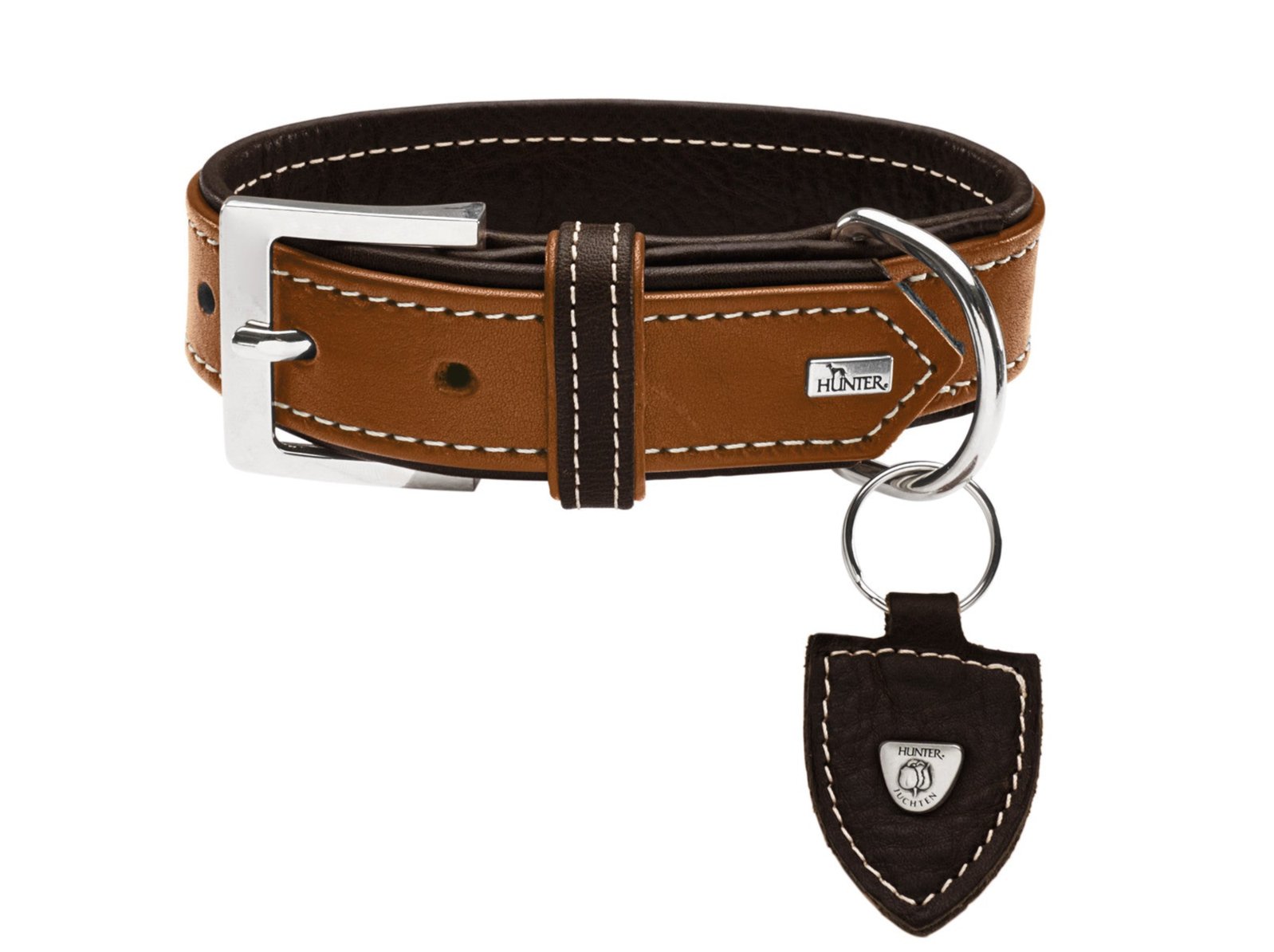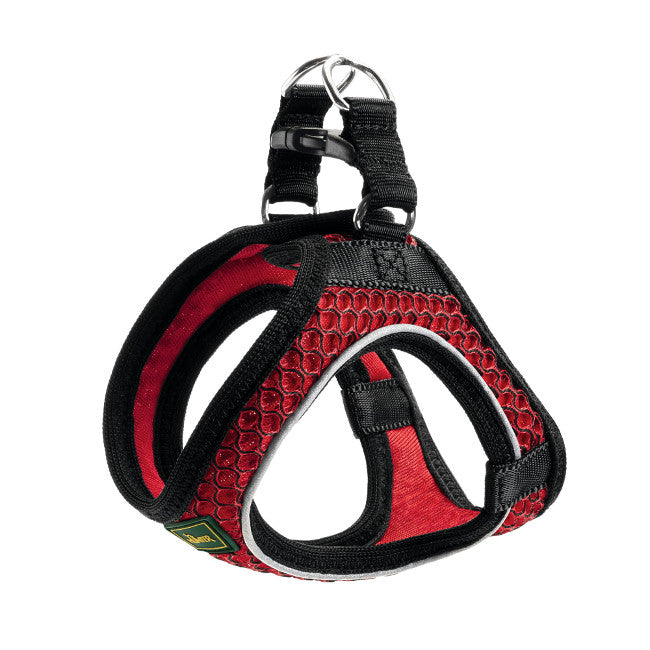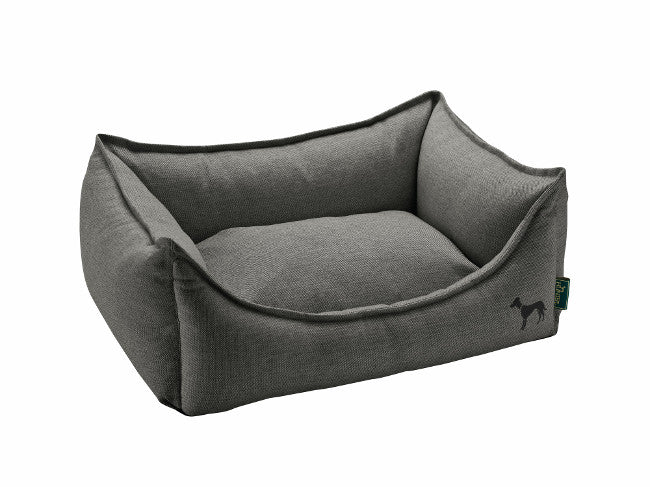How to choose the right pet carrier?
NO NEED TO LEAVE YOUR FURRY BABY BEHIND
Our four-legged friends are beloved members of our families. Whether you go on a business trip or you just need something from your vet, we’re sure your dog or cat is going with you…in a pet carrier!
A pet carrier is definitely a very useful addition to canine supplies - it keeps them safe while traveling in the car and makes it possible for you to take them on planes too. There are so many types of carry bags on the market that you no longer need to use those heavy, bulky crates to transport them. The following guidelines will help you to narrow down the selection.

HOW TO CHOOSE THE RIGHT CARRIER FOR YOUR DOG?
1. Measure Your Dog
You need to know your dog’s height and length to select the correct carrier size. The carrier should be large enough for him to turn around easily and to curl up or stretch out when lying down.
Measure his back from his neck, where his shoulders start, to the base of his tail, and add a few inches to that measurement. Then continue with his shoulder height from the top of his shoulders to the ground.

For soft-sided carriers, add two-to-three inches to shoulder height. For hard-sided carriers, add three-to-five inches. Wearable carriers, like backpacks and slings, are meant to be snug and cozy; the dog is supported against your body, not by the carrier itself.
The dog’s weight is another thing to consider. HUNTER has weight limits for carriers of 12-15lbs/6-8kg. If your dog is between sizes, choose the larger size.
Also, if possible, you could visit your local pet store and try it in real.
2. What are you going to use it for?
If a dog carrier is only for car trips or to keep your dog contained when he goes out with you, you’ll want something lightweight, easy to carry, easy to pack, and of course - something comfortable and safe for your dog. A nice soft-sided carrier will look great, plus it will be easy to tight it up to the seat belt.

If you're flying with your dog, it's recommended to check with the airlines what requirements they have for pet carriers. If it's a small breed, you can have the carrier in the cabin with you. The carrier usually must go under the seat, so be sure your dog is super comfy and has enough air circulation at all times. If you have a large breed, you'll want to look for a very sturdy and stable hard-sided carrier with plenty of ventilation and with a water bowl implemented as well.
3. Choose the best style for you and for your dog
Dog carriers come in several basic styles, and you’ll want to select the type that suits your dog and your activities.
Standard hard-sided carriers - These are usually used for larger breeds during long road trips or for travels by plane. Thanks to its durable materials used, the hard shell offers a great protection for your dog and as a benefit it is easy to clean too. Be sure all seams and corners are reinforced and there is nothing what could possibly hurt or annoy the dog during your trip. Read a few reviews and choose a trustworthy brand.
Soft-sided carriers - The most popular style for a transportation of smaller dogs. Those are typically designed to be light, sometimes even foldable for easy storage, using smart features and have a plenty of pockets also for your belongings. You can find many cute fabrics and colors. Check the size and weight specifications from the manufacturer properly.
Wearable dog carriers - everything is mingled now. This popular trend in baby industry jumped right into the pet industry as well. The slings and backpacks keep your hands free and make it easy to take your dog almost anywhere. Shoulder-sling carriers allow your dog to nestle inside or keep his head free to watch the world go by. They’re washable, lightweight, and some come with zippers for added security too.
Other factors to consider - quality of material vs. your dog's temperament, sturdiness, easy access and manipulation, air circulation, overall comfort for your dog, additional pockets or flexibility...
Safe travels...












Leave a comment